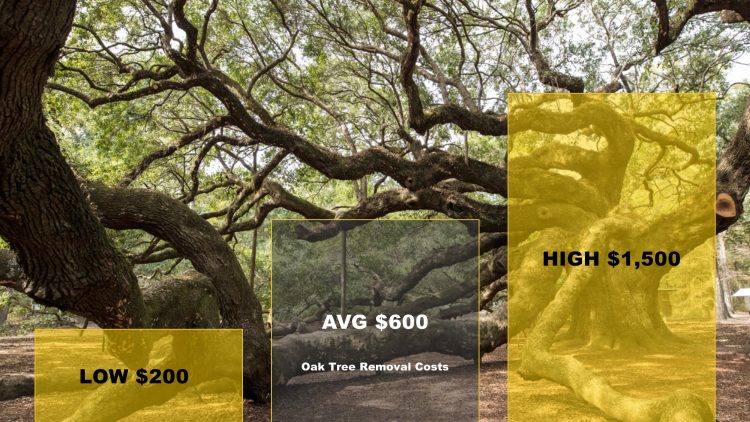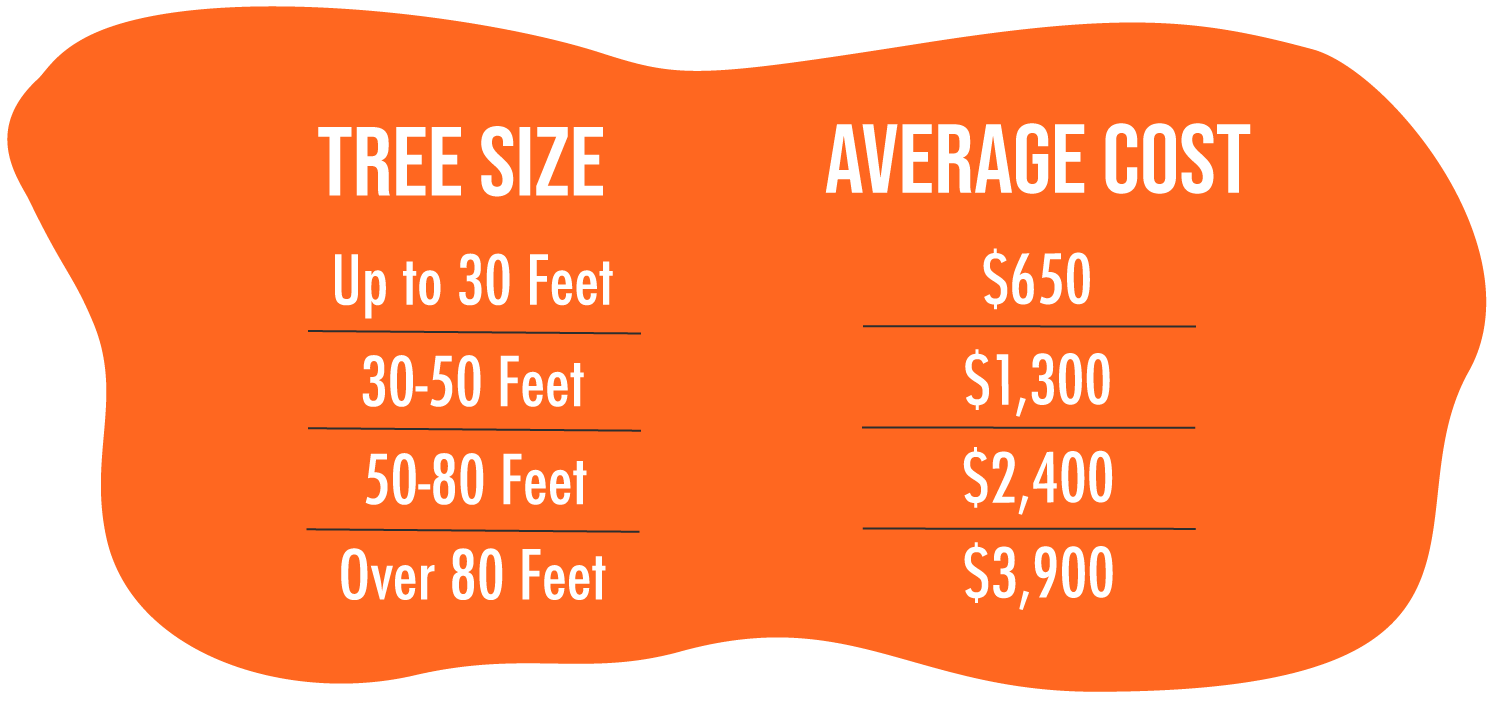Featured
Table of Contents
- – Most Affordable Stump Grinding Rates In Glenda...
- – Lease Tree Clearing Options In Glendale, AZ
- – What's Included In A Tree Removal Price In Gl...
- – Local Pricing For Tree Clearing In Glendale, AZ
- – Reliable Tree Clearing In Glendale, AZ: Reviews
- – How To Find Quality Tree Clearing In Glendale...
- – Glendale, AZ Stump Grinding Uninstall Costs
- – Seasonal Stump Removal Prices In Glendale, AZ
- – How Much Should You Pay For A Tree Service I...
- – Independent vs Chain Arborist Costs In Glend...
- – Glendale, AZ Tree Service Quotes: What To Ex...
- – Glendale, AZ Tree Cutting Reviews: Are They ...
- – ADA-Compliant Tree Cutting Costs In Glendale...
- – Glendale, AZ Tree Trimming Cost Overview 2025
- – Temporary Stump Removal Costs In Glendale, AZ

The subsections listed below offer more comprehensive details about pricing, consisting of an average range for each. TypeAverage Removal CostPineConiferPalmMagnoliaArborvitaeAshCedarSweet GumEucalyptusSycamoreCypressOakMaplePoplar You can anticipate to pay between to remove a pine, depending on its size. Removing a pine is among the more economical tasks unless it is one that has actually been around for years and is rather big.
Most Affordable Stump Grinding Rates In Glendale, AZ
Pines also have a tap root that grows deep into the soil, which can prove to be more challenging to remove. The process itself includes a specialist cutting the tree, clearing the base, cutting the surface roots, eliminating the stump, and finally treating the soil. Without a professional hand, you risk leaving pine seedlings behind, which will fall from the roots of distressed pines.
Lease Tree Clearing Options In Glendale, AZ
The U.S. nationwide average for conifer removal is approximately to have the conifer lowered, hauled away, and the stump ground or eliminated totally. Conifers are typically simpler to get rid of, and even though they can grow rather tall, they do not cost a fortune to get rid of. Conifers consist of pine, spruce, fir, and juniper trees.
What's Included In A Tree Removal Price In Glendale, AZ
While conifers are stunning, they kill native plants and specific types of turf (tree trimming). The average price of palm removal depends on the height as much as the type, ranging from.
Local Pricing For Tree Clearing In Glendale, AZ
That is why it is necessary to know which type you are getting rid of. While you do not need an herbicide to eliminate a palm tree, there are some steps your removal expert will have to require to ensure the task is done correctly. There are two ways they can get rid of them: by chopping them down or digging them up.
Reliable Tree Clearing In Glendale, AZ: Reviews
From there, they eliminate the real tree and then the stump. Expect to pay in between to remove this type of tree, depending on the specific size and details of the task.
How To Find Quality Tree Clearing In Glendale, AZ
There are 3 types: green, white, and black ash. White ash is known for its lots of colors. With its gray-tinged bark, its leaves are green or purple in the spring and golden yellow or purplish-red in the fall. They delight in moderate climates and lots of sun. The green ash is called such due to its green or yellow foliage.
Glendale, AZ Stump Grinding Uninstall Costs

Due to the variation in height, the elimination price variation is large from. A coniferous, evergreen tree, the cedar is a hardy species.
Seasonal Stump Removal Prices In Glendale, AZ
The development of incorrect cedars varies from 50 feet up to 230 feet high. Property owners may pay anywhere from, depending on the roots. With star-shaped leaves and stunning fall colors, the sweet gum is considered a medium to large tree. Enjoying complete sun, the sweet gum can not endure pollution.
How Much Should You Pay For A Tree Service In Glendale, AZ
Usually, it costs in between to remove a eucalyptus. Eucalyptus are not typical everywhere, but they are quite big compared to others, which is why even the smaller ones are so pricey to remove.
Independent vs Chain Arborist Costs In Glendale, AZ
There are a handful of ways to do this, including burning, pulling, grinding, or eliminating them with herbicide. Anticipate to pay in between to get rid of sycamores, based upon the height, trunk size, and amount of work involved. Sycamores are one of the largest hardwood trees, typically ranging from 60 to 100 feet high and as large as 15 feet.
Glendale, AZ Tree Service Quotes: What To Expect
The very first two actions will expose the withins of the tree and cut off the circulation of nutrients up the trunk. From there, an expert applies herbicide to eliminate the tree and cuts down the trunk.
Glendale, AZ Tree Cutting Reviews: Are They Worth It?
There are numerous various kinds of Cypress trees, however the most common are the Leyland, Arizona, Bald, and Italian. The Bald Cypress grows in swampy or very damp locations while the others enjoy a dry, warm, or hot environment (tree clearing). They can grow as high as 80 to 100 feet high
ADA-Compliant Tree Cutting Costs In Glendale, AZ

Prone to diseases, the Cypress is one of the most treasured woods for furniture. The typical oak grows to around 60 feet, and depending upon the intricacy of the elimination, it costs an average of to eliminate. The exact size of your oak and the effort needed to fell it affect what you will really pay for elimination in addition to any additional services like stump grinding.
Glendale, AZ Tree Trimming Cost Overview 2025
Access to the trees and the roots will likewise impact the overall cost. Maples can easily grow up to 100 feet or more and normally cost between to eliminate from your property. The last price depends on the real height and intricacy of the job. Maples are normally amongst the more expensive trees to eliminate since of their size and the work associated with the elimination.
Temporary Stump Removal Costs In Glendale, AZ
Poplars are giants of the types. Growing as high as 90 to 115 feet, these massive timbers are primarily found in North America and include the aspen, cottonwood, and balsam trees. Boasting an expansive root system, poplars can be costly to eliminate when totally grown. The process to remove trees includes all the trimming and cutting of the branches and trunk, bringing it down to a stump.
Table of Contents
- – Most Affordable Stump Grinding Rates In Glenda...
- – Lease Tree Clearing Options In Glendale, AZ
- – What's Included In A Tree Removal Price In Gl...
- – Local Pricing For Tree Clearing In Glendale, AZ
- – Reliable Tree Clearing In Glendale, AZ: Reviews
- – How To Find Quality Tree Clearing In Glendale...
- – Glendale, AZ Stump Grinding Uninstall Costs
- – Seasonal Stump Removal Prices In Glendale, AZ
- – How Much Should You Pay For A Tree Service I...
- – Independent vs Chain Arborist Costs In Glend...
- – Glendale, AZ Tree Service Quotes: What To Ex...
- – Glendale, AZ Tree Cutting Reviews: Are They ...
- – ADA-Compliant Tree Cutting Costs In Glendale...
- – Glendale, AZ Tree Trimming Cost Overview 2025
- – Temporary Stump Removal Costs In Glendale, AZ
Latest Posts
Used Tree Removal Prices In Brandermill, VA
Top Tree Service FAQs In Georgetown, SC Answered
Lake Holiday, IL Tree Trimming Guarantees: What's Covered
More
Latest Posts
Used Tree Removal Prices In Brandermill, VA
Top Tree Service FAQs In Georgetown, SC Answered
Lake Holiday, IL Tree Trimming Guarantees: What's Covered